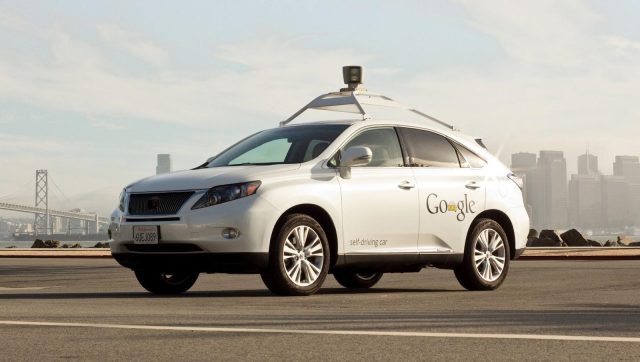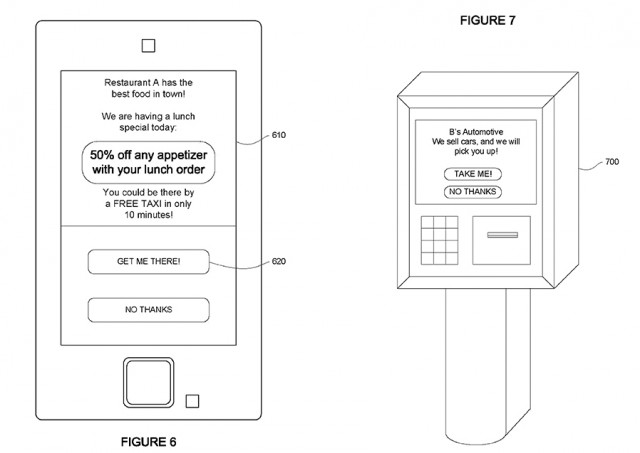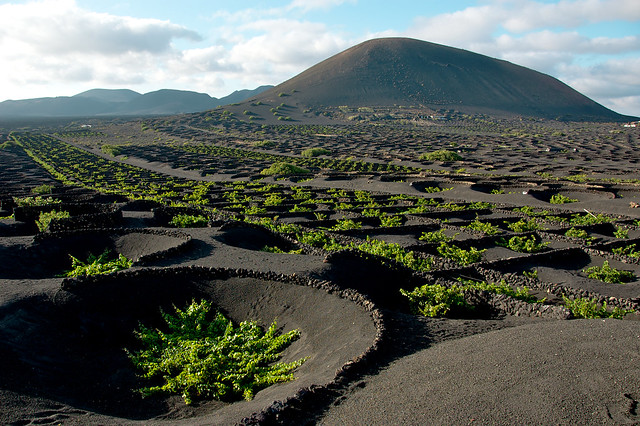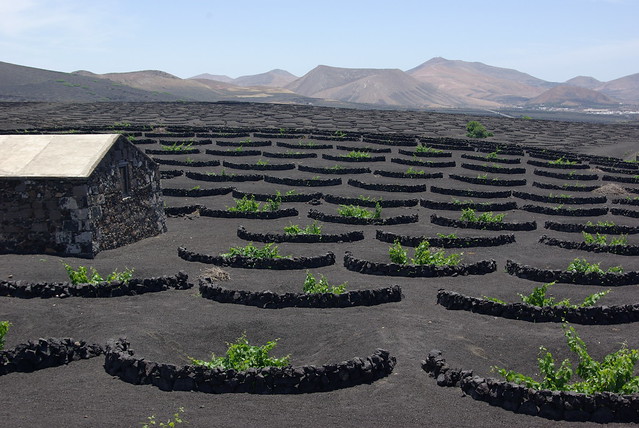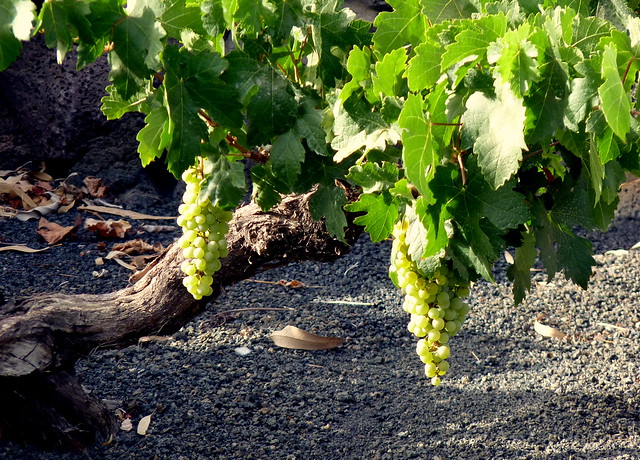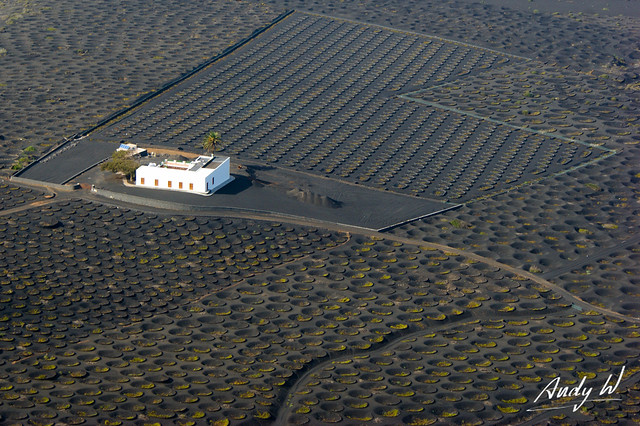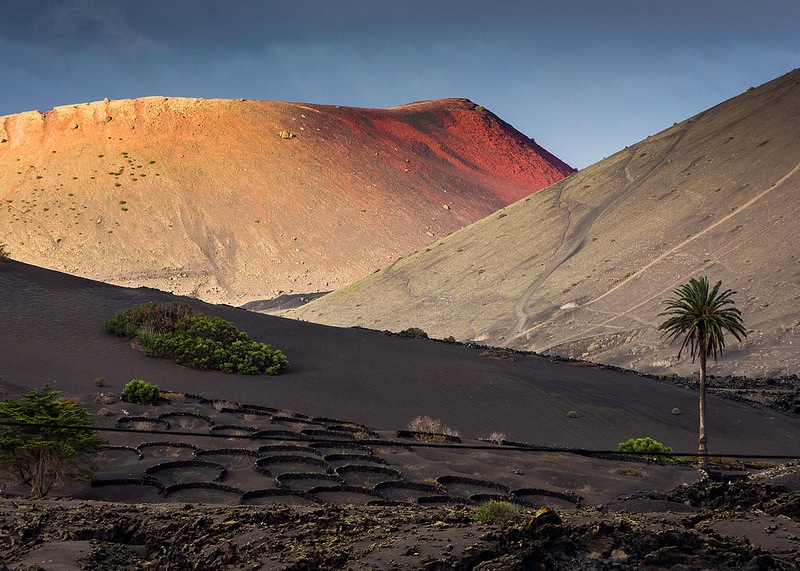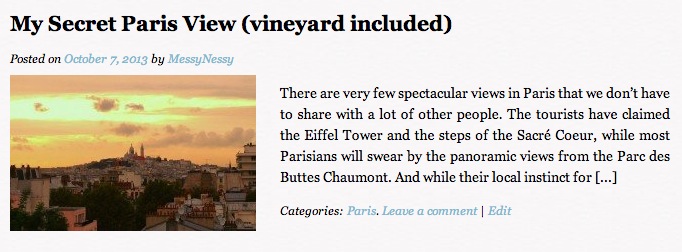When my wife and I went backpacking around Europe 10 years ago, we made a vow to each other. After seeing the stunningly blue waters off Greece, the paragliders sailing through the Austrian Alps, the idyllic countryside of Slovenia, we said, “Never will we take our children to Disney World. Why would you need something so manufactured when you have the real world?”
It’s 10 years later. And I left for Disney World on Thursday. The thing I didn’t understand, which, now that I have three boys, I know in my bones is this: You can’t see Buzz Lightyear while backpacking.
Oh well, Walt! You win.
But as a data scientist at a tech company, I have to admit, I’m geeking out over the technology. Disney World is like a petri dish for advanced analytic techniques because the hotels and parks are all tied together in one large, heavily controlled environment. If you ever wanted to star in The Truman Show, a trip to Disney is the next best thing — it feels like a centrally planned North Korea only with more fun, less torture and the same amount of artifice.
From the mundane to the magical, the fact is there’s probably an engineer behind the scenes at Disney who has thought through it. Disney has industrial engineers that work on everything from optimal food-and-beverage pricing and laundry facility optimization, to attraction performance and wait-time minimization (the vaunted FASTPASS system).
MagicBands: like magic beans, except they grow data
But those tried-and-true efforts at optimization were just the appetizer. Earlier this week, there was a knock on my door and there on my doorstep sat a little bit of hand-delivered magic. I opened the package with the sweaty palms of anticipation because, to me, this package represented a billion-dollar investment by Disney in big data analytics.
That investment is called MagicBands. They’re a new technology for the park, and the program officially opened up about a month ago. Disney has thought of everything.

The soft matte finish … Source: John Foreman
The box in which the bands arrived rivaled Apple in its Incredibles-themed design. Each magic band was tucked in a slot, standing up straight, ready to be put on by the vacationer like some fabled amulet. Each rubber wristband was smartly colored with a soft-touch matte.
But under all that visual appeal, beneath the surface of the band, was the reason for Disney’s huge investment: a sophisticated RFID tag. These bands, which are individually coded to each visitor, allow Disney to track individuals wherever they go in the parks and resorts with long-range RFID readers. You check into FASTPASS rides with your band, you purchase food by swiping your band and you use it as a key to your hotel room.
The bands are even uniquely colored and monogrammed with your family members’ names so that they won’t get switched up. Why? Because they don’t want their database to get confused and think that you, a 45-year-old man, rode the teacups instead of your little son Timmy. This is one of the first examples I’ve seen of physical design (e.g., monogramming and coloring) for the sake of digital data purity.

… the strict instructions about who can wear it. Source: John Foreman
If ever there was a testimony to the importance big data has achieved in business it’s this: We will now shape our physical world to create better streams of digital information.
Mickey thinks you need some Buzz Lightyear time
Stop a moment and dream of the MagicBand possibilities.
The pitch that Disney is making is personalization. For each band, for example, Disney asks for the name and birthday of the person who’ll be wearing it. So if your kid is having a birthday in the park and there’s a character wandering nearby, that character can be notified to sneak up on your kid and creepily wish them a happy birthday individually.
Now, let’s dig a little deeper.
What does Disney get out of the deal? In short, it tracks everything you do, everything you buy, everything you eat, everything you ride, everywhere you go in the park. If the goal is to keep you in the park longer so you’ll spend more money, it can build AI models on itineraries, show schedules, line length, weather, etc., to figure out what influences stay length and cash expenditure. Perhaps there are a few levers they can pull to get money out of you.

Some 33-year-olds like the carousel at Disney’s California Adventure. Source: Derrick Harris
Or perhaps its models know that your family is staying in a high-dollar luxury Disney resort and that this morning you forked over lots of money at the Cinderella character breakfast. But right now your high-dollar family is stuck in a long line at an attraction. If your family gets too tuckered out or frustrated, you might be inclined to call it a day.
So, a model marks you as a candidate for “encouragement.” Within the park, a character is notified to make its way over to your children and entertain them until they can get on the ride. This increases enjoyment, decreases perceived exhaustion, and hopefully keeps you around for more meals, more trinkets and more arcade games.
The research questions that might be answered with this type of tracking data are endless:
- What menu items served at breakfast at the resort hotel restaurants will result in the longest stay at the park?
- Do we detect an influx of park-goers into the bathrooms for long stays on the toilet? Perhaps they all ate at the same place, and we can cut off a foodborne illness problem before it gets worse.
- Is there a roller coaster that’s correlated with early park departure or a high incidence of bathroom visits? That means less money in the park’s pockets. How might that coaster be altered?
- Is there a particular ride and food fingerprint for the type of park visitor that’s likely to buy in-park high-dollar merchandise? If so, can we actively get vendors in front of this attendee’s eye by moving hawkers to them at just the right time?
The allusion of freedom and agency still exist within the park, but with these bands, you are giving up much of your privacy and freedom to experience something “untailored” in exchange for a better time. Even if that better time is achieved by spending more money.
The future of big data is in meat space
“Meat space” (coined by William Gibson in Neuromancer) is a term for the physical world where our bodies (meat) move around and do meat-like things (for example, eat, jog or go clubbin’). The interesting thing about the term is it’s a play on “cyber space” — meat space is an internet-first way of viewing the world.
And that internet-first way of seeing the world is what’s driving these changes at Disney, casinos, insurance companies, etc. We’ve been “cookie-ing” people online and tracking their browsing habits for years, and in that contained environment, businesses have seen the value of acting on personal transactional data. But now businesses are taking this approach and applying it to meat space.
Why? Because cyber space is small, it starts and stops at internet-connected devices. Think of the transactions and interactions that are carried out each day in meat space. Think of the money spent in meat space (on your caramel macchiato, for instance).
While not everyone is online all day long, we’re all implicitly offline. Wouldn’t it be great it we could gather meat space data and use that to tailor the offline experience much like companies now tailor your online experience? “Personalizing your meat space experience” is a gross way of saying “pretty much control your life.”
Which is frightening. But that’s exactly what companies want to do.
It’s not new. It’s one of the fundamental goals of marketing. For example, a discount pricing model implemented on airline seats wants to control your booking decisions by adjusting prices. The control is targeted and specific, so you feel pretty good about it.
We now know this is Google’s end game. Self-driving cars, Google Glass and the purchase of Nest — Google is dying to get out of your computer and all up in your life. With Nest, Google won’t just know how you like your air to feel. It’ll know when you’re at work and when you’re at home. It gets pieces in a data puzzle that is your entire observable life.
Loyalty cards (those things you swipe at the grocery store) were the first salvos into this real-world data gathering. Now, department stores are doing a lo-fi version of MagicBands by tracking the hardware ID on your cell phone’s Wi-Fi card as you wander the store.
Hey, look! That’s the same Wi-Fi ID as the person who bought a necklace from us last week. Maybe a sales associate should propose a pair of earrings to them?
This is where data science is headed, and it’s part of the reason why there aren’t enough qualified data analysts to meet demand. The reach of the discipline is moving out of the browser and into every business that can gather data on your life.
But I’d like to keep my meat private, thanks.
At this point, I’m sure a lot of you are freaked out by the privacy implications of where all this is headed. Indeed, one journalist just compared what Disney is doing to the recent disclosures about the NSA’s own tracking programs. But at the end of that article there’s a big glaring difference between the NSA and Disney: “Disney fanatics, for their part, can’t wait to get their hands on the [MagicBands].”
We want MagicBands!
We don’t want the NSA tracking us, because we get nothing in return. It tries to sell us on “terrorism prevention,” but most people don’t experience that benefit in a visceral way. But this is not to say Americans won’t give up privacy for anything.
On the contrary, Americans are very, very cheap dates. For just a modicum of convenience, entertainment and comfort, I’m happy to give you a list of everyone I call and everywhere I go. That’s more than I’m sure the NSA has on me. And despite your privacy concerns, most of you are exactly the same way.
Don’t believe me? I recently installed a flashlight app on my phone. In exchange for this app that does no more than turn on my phone’s camera flash, I give it my geolocation all day long. Who owns this app? No idea. Probably some Ukranians. What I do know is that this app is worth like $5 to me, and yet that was enough to give these strangers all my info.

Same with Angry Birds (tracks location). Same with LinkedIn (can read AND WRITE my phone call data, can read my “calendar events plus confidential information”, etc.). Same with the freaking Shazam app that let’s me identify that song playing in the mall. Have you heard of Stylitics? You get your wardrobe mirrored back at you in a virtual closet –whatever that is — and Stylitics gets to sell your clothing data to retailers to better understand where else you shop beside their stores.
We’re all wringing our hands over the NSA, and meanwhile we’re handing our data as fast as we can to other entities for next to nothing. If the NSA were smart, it would buy Candy Crush Saga, change the permissions, and be done with it.
If we’re honest, we give privacy lip service, but we vote with our keypresses and our dollars, and the bands we strap to our wrists.
Expect your future meat space world to feel very much like your cyber space one. The next time your RFID tag lets Mickey know you’ve got diarrhea, maybe the stall door can make suggestions to you: “Customers who got funnel cake diarrhea also bought Maalox.”
John Foreman is chief data scientist at MailChimp.


Related research and analysis from Gigaom Research:
Subscriber content. Sign up for a free trial.































